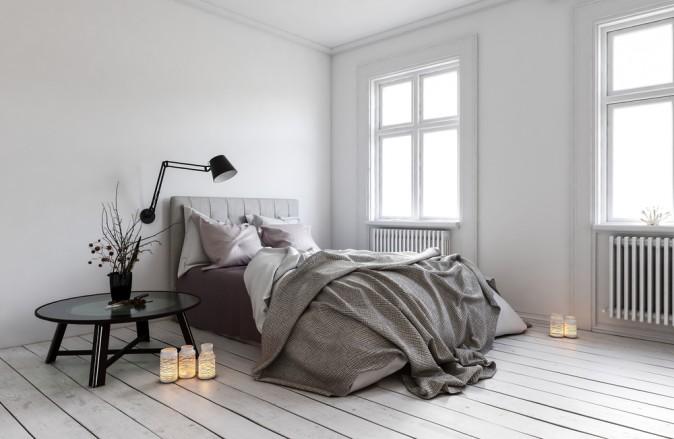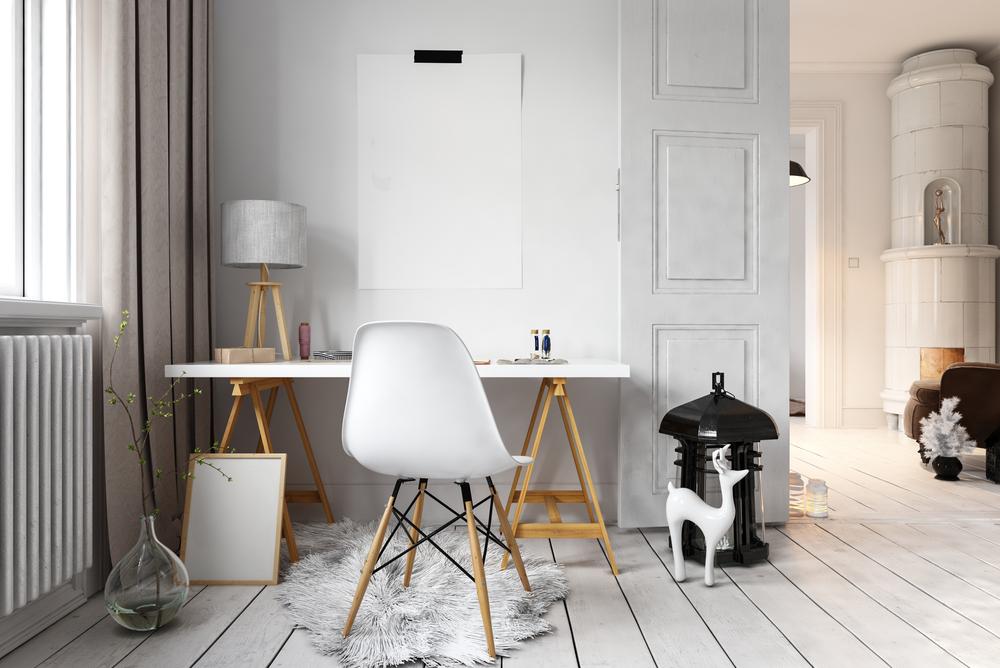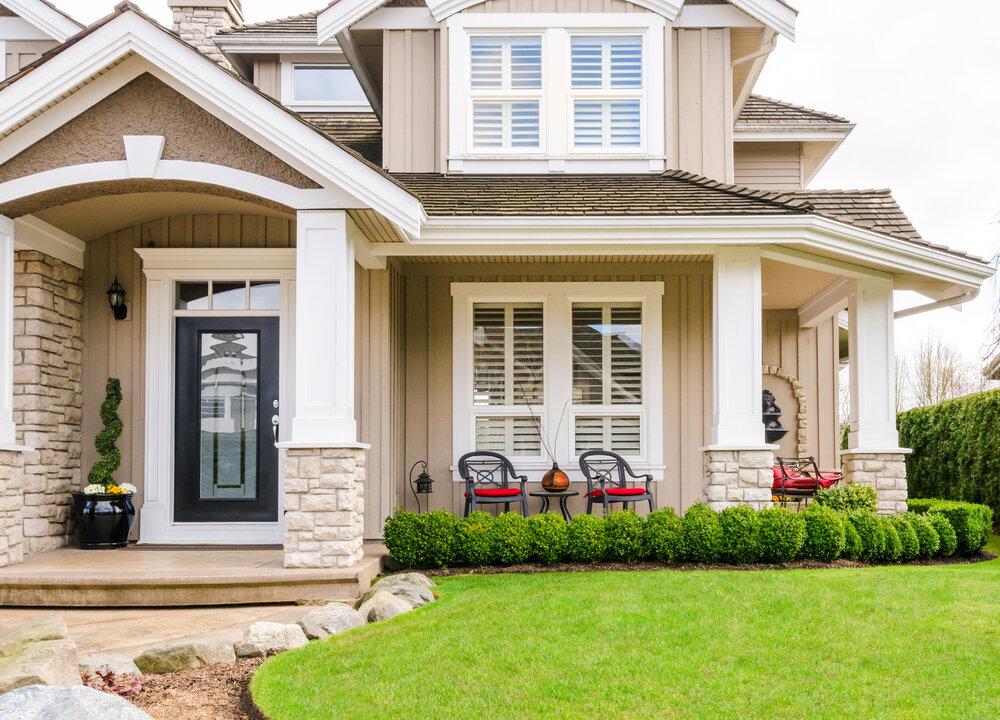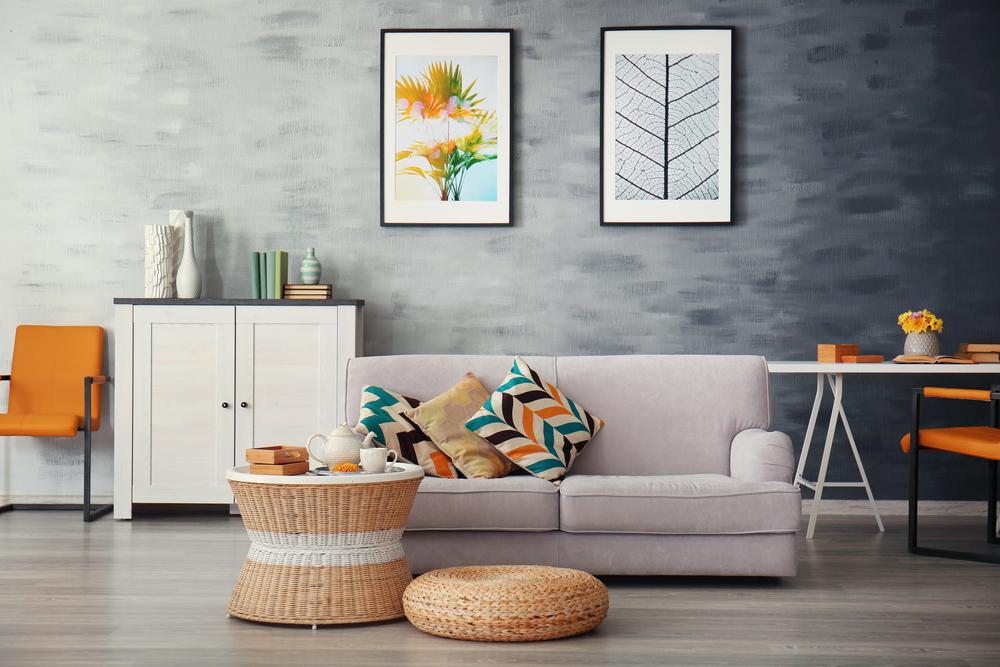Scandinavian-style decorating—also known as Scandi—is clean, simple, and uncluttered in a super-stylish, natural way. This comfortable and casual decor is organized and functional, never fussy or busy.
The Scandinavian countries of Denmark, Sweden, and Norway are the main influence for this style of decorating. Because winters are long and dark in the region, large windows that let in plenty of natural light are a key factor in designing and decorating Nordic homes. The rooms are usually bright and open without heavy draperies covering the windows.
A clean look is achieved with white walls, white kitchen cabinets, and simple, high-quality wooden furniture. It’s a blank canvas on which to add design elements with textiles and colour.
The secret to keeping this sometimes stark design stylish is in the layering of textures—rugs, lighting, fabrics, and accessories.
Design Elements
Colour
The basic colours used in Scandinavian decorating are white, soft dove grey, and black. These neutral shades provide a perfect backdrop for a few splashes of colour in the accessories. Touches of pale pink or blue are popular and give cheerful bursts of colour, creating visual impact.




